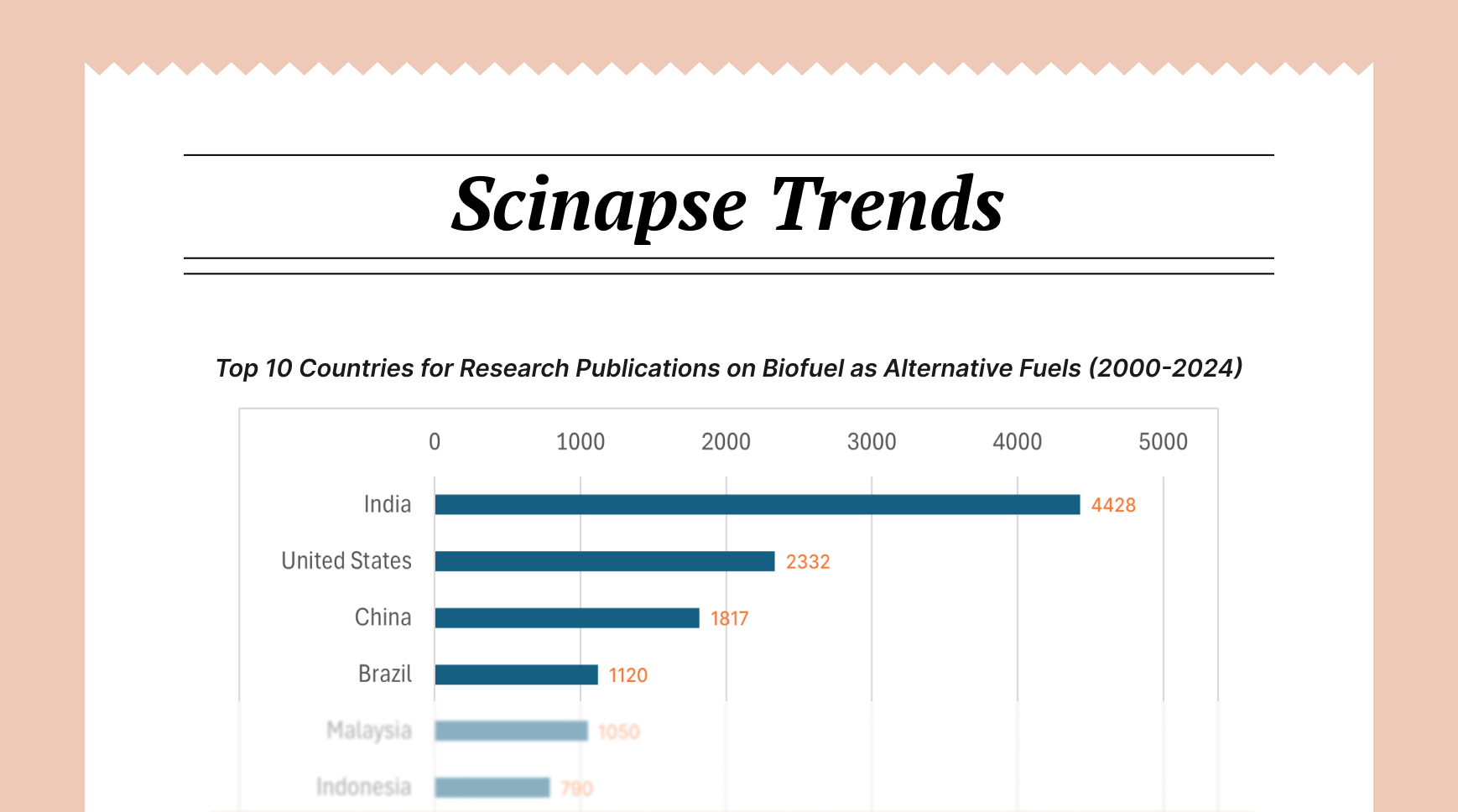Recent Advances in GABA Research: From Molecular Mechanisms to Therapeutic Applications(2020-2024)
GABA Review: Latest on GABA receptor mechanisms, neurological/psychiatric disorders (epilepsy, autism) & therapeutic interventions.
Introduction
Gamma-aminobutyric acid (GABA) is the primary inhibitory neurotransmitter in the central nervous system, playing a crucial role in regulating neuronal excitability, cognitive function, and various physiological processes. Recent research has significantly expanded our understanding of GABA's diverse roles, ranging from its molecular mechanisms of action to its involvement in neurological disorders and potential therapeutic applications. This mini-review summarizes key advancements in GABA research over the past five years, focusing on structural insights into GABA receptors, the role of GABA in neurological disorders, and the therapeutic potential of GABAergic interventions.
Structural and Functional Insights into GABA Receptors
Significant progress has been made in elucidating the structure and function of GABA<sub>A</sub> receptors, the major target of GABA-mediated inhibition. Ryan Hibbs's group at Janelia Research Campus has used structural biology techniques to investigate the structural and dynamic mechanisms of GABA<sub>A</sub> receptor modulators with opposing activities, providing insights into how different ligands can either enhance or inhibit receptor function (Shaotong Zhu et al., 2020, Nature Communications; Shaotong Zhu et al., 2021, Nature Communications; Shaotong Zhu et al., 2022, Nature Communications). Alex S. Evers's laboratory at Washington University in St. Louis has explored the site-specific effects of neurosteroids on GABA<sub>A</sub> receptor activation and desensitization, revealing how these endogenous modulators fine-tune receptor activity (Yusuke Sugasawa et al., 2020, eLife). More recently, they have investigated the mechanism of enantioselective neurosteroid actions on GABA<sub>A</sub> receptors (Hiroki Tateiwa et al., 2023, Biomolecules). Eric Gouaux's team at Vollum Institute has determined cryo-EM structures of native GABA<sub>A</sub> receptor assemblies, providing a detailed understanding of receptor architecture and pharmacology (Chang Sun et al., 2022, Nature; Chang Sun et al., 2023, Nature). Erik Lindahl's group at Stockholm University has provided structural insights into the opposing actions of neurosteroids on GABA<sub>A</sub> receptors (Dagimhiwat Legesse et al., 2022, Nature Communications; Dagimhiwat Legesse et al., 2023, Nature Communications) and has also investigated the structure and dynamics of differential ligand binding in the human ρ-type GABA<sub>A</sub> receptor (John Cowgill et al., 2023, Neuron). Cornelius Gati's group at University of Southern California has elucidated the structural basis of GABA reuptake inhibition, offering potential targets for drug development (Zenia Motiwala et al., 2021, Nature; Zenia Motiwala et al., 2022, Nature). These structural studies, coupled with functional analyses, are crucial for understanding GABA<sub>A</sub> receptor diversity and developing more selective and effective GABAergic drugs.
GABA's Role in Neurological and Psychiatric Disorders
The involvement of GABAergic dysfunction in various neurological and psychiatric disorders has been a major focus of recent research. Mriganka Sur's laboratory at MIT has reviewed the role of GABAergic signaling in neurodevelopmental disorders, highlighting the importance of GABAergic circuits in brain development and function (Xin Tang et al., 2020, Nature reviews. Neuroscience; Xin Tang et al., 2021, Nature reviews. Neuroscience). Philip K. Ahring's group at University of Copenhagen has identified gain-of-function variants in GABRD associated with neurodevelopmental disorders and epilepsy (Philip K. Ahring et al., 2021, Brain) and has further characterized the distinct clinical phenotypes associated with gain-of-function and loss-of-function GABRB3 variants in patients with developmental and epileptic encephalopathies (Nathan L. Absalom et al., 2022, Nature Communications). Mathieu Milh's team at APHM, Hôpital d'Enfants de la Timone, has provided molecular and clinical descriptions of patients with GABA<sub>A</sub> receptor gene variants, further refining our understanding of genotype-phenotype correlations (Pierre‐Yves Maillard et al., 2022, Epilepsia). Viola Hollestein's group at University Medical Center Utrecht has investigated the role of glutamate and GABA gene-sets in symptoms and cortical brain structure in autism, linking excitatory/inhibitory imbalance to the disorder (Viola Hollestein et al., 2023, Translational Psychiatry). Andrew J. Cutler's group at SUNY Upstate Medical University has reviewed the mechanism of action and clinical effects of neuroactive steroids and GABAergic compounds in major depressive disorder (Andrew J. Cutler et al., 2023, Translational Psychiatry). Vicente Felipo's team at Centro Investigación Príncipe Felipe has shown that neuroinflammation alters GABAergic neurotransmission in hyperammonemia and hepatic encephalopathy, leading to motor incoordination (Marta Llansola et al., 2024, Front. pharmacol.). These studies highlight the critical role of GABAergic dysfunction in the pathogenesis of these disorders and provide potential targets for therapeutic intervention.
Therapeutic Potential of GABAergic Interventions
The therapeutic potential of GABAergic interventions has been explored in various contexts. Dinesh Upadhya's laboratory at Manipal Academy of Higher Education has demonstrated that cell-specific extracellular vesicle-encapsulated exogenous GABA controls seizures in epilepsy, suggesting a novel therapeutic approach (Abhijna Ballal R et al., 2024, Stem cell res. ther.). Hyung Joo Suh's group at Konkuk University has shown that Lactobacillus brevis-fermented GABA ameliorates depression- and anxiety-like behaviors in mice by activating the brain-derived neurotrophic factor-tropomyosin receptor kinase B signaling pathway (Hyeongyeong Kim et al., 2024, Journal of Agricultural and Food Chemistry). Zhigang Liu's team at Nanjing Agricultural University has found that vagus nerve cutting alleviates Salmonella-induced gut infections and anxiety-like behavior via enhancing microbiota-derived GABA (Qianhui Zou et al., 2024, Brain Behavior and Immunity). Yunfei Ma's group at China Pharmaceutical University has shown that activation of GABA receptors attenuates intestinal inflammation by modulating enteric glial cell function (Ziteng Deng et al., 2023, Life Sciences). These findings suggest that GABAergic interventions, including GABA-enhancing drugs, GABA-producing probiotics, and vagus nerve stimulation, may have therapeutic potential for a range of disorders.
Conclusion
Recent advancements in GABA research have provided valuable insights into the structural and functional properties of GABA receptors, the role of GABAergic dysfunction in neurological and psychiatric disorders, and the therapeutic potential of GABAergic interventions. Future research should focus on developing more selective and effective GABAergic drugs, exploring the role of GABA in other physiological processes, and translating these findings into clinical applications.
✨ About This POST
This mini-review post was generated through Scinapse. Scinapse provides reliable research trend analysis using citation analysis and AI technology.
Check out the trends in your field too!
Get started at https://scinapse.io


Comments ()